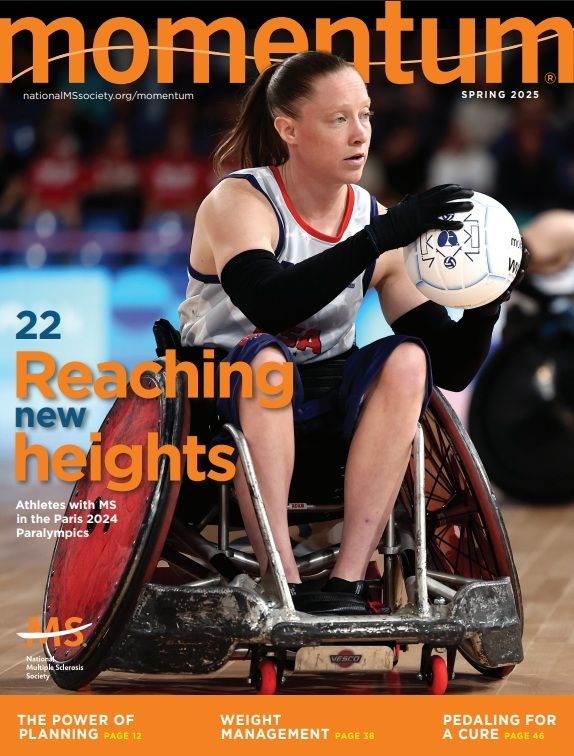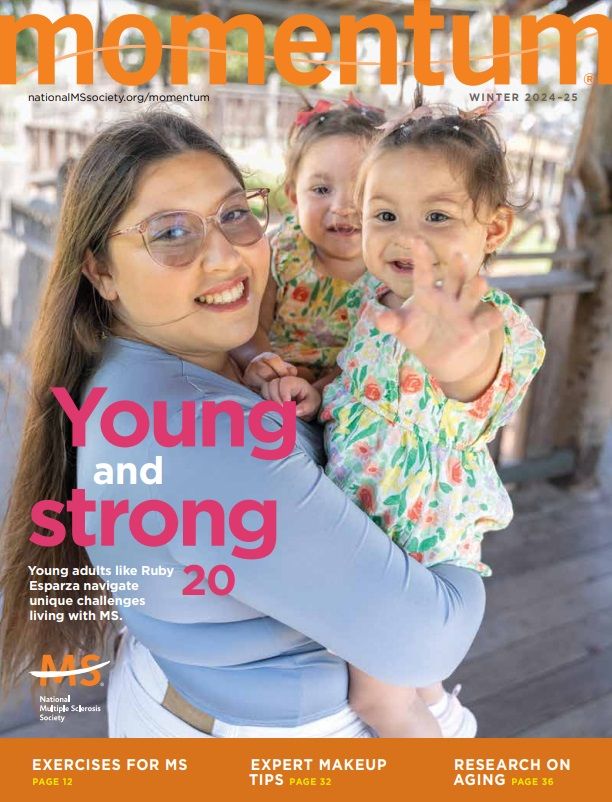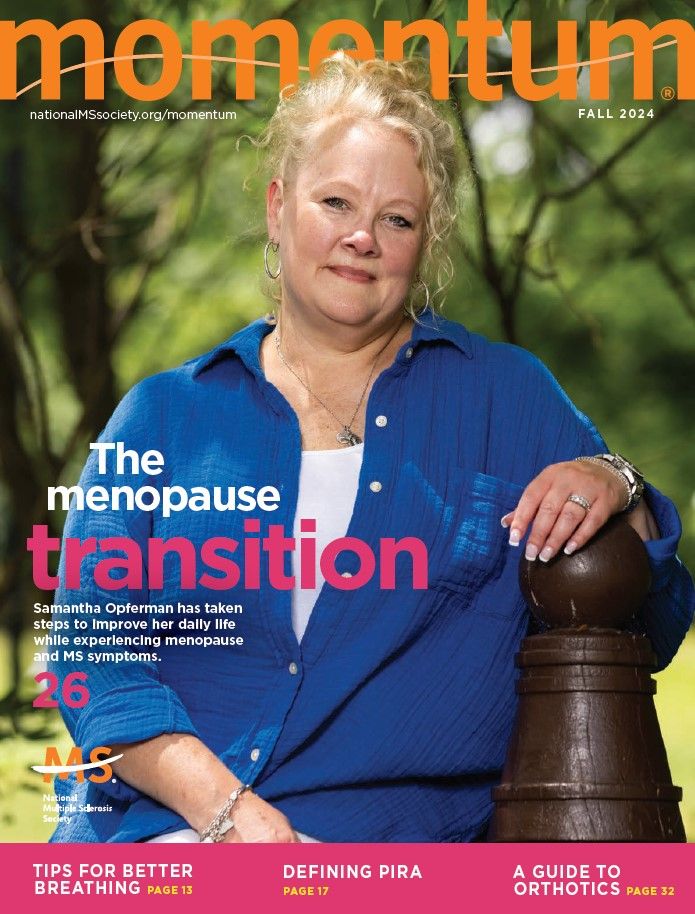As part of the Society’s 2006-10 strategic response to MS, current Society President and CEO Tim Coetzee, PhD, Rudick and other members of the MS community identified a need for funding MS drugs early in the process.“What we noticed was that it can be difficult to get funding for preclinical drug discovery work,” Kostich says. “We didn’t want really good ideas to get lost at an early stage, so Fast Forward was designed to fill the early-funding gap for new MS drugs.”Rudick says once academic or other researchers identify a target in the body or brain that a drug could focus on to slow, stop or repair MS-related damage, the next step is to find a company that can help develop that drug. Typically, these are small, start-up businesses that provide financing and expertise to get the drug into a form where it can go through the clinical trials necessary for FDA approval.If this is successful, venture capital firms may invest in the start-up company during the clinical development and trial process. Then, if the drug shows proof of concept, a big pharmaceutical company could step in and provide funding to get the drug to market.Most of the Fast Forward investments help fund the early-stage companies. Rudick says this helps move the drug process along in one of the riskiest stages and provides a Society stamp of approval that can help attract the next round of investors.Today, some nonprofits focused on diseases have industry-investment initiatives similar to Fast Forward. But Rudick, who chairs the Society’s Commercial Research Investment Advisory Committee, says the idea behind the program was quite controversial when Fast Forward discussions began nearly two decades ago.“There was a concern about preventing the perception that the Society was working in any way on behalf of the industry,” he says. But the MS nonprofit and for-profit worlds had already begun merging years before the Fast Forward discussions began. In fact, one of the first DMTs for MS was the result of an academic-industry partnership.“There was increasing recognition in the Society that they needed to play some role in advancing treatments to patients, and that absolutely requires some form of commercialization,” Rudick says.












